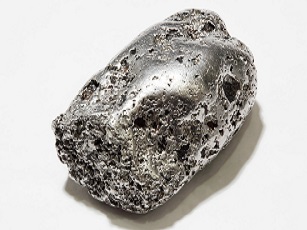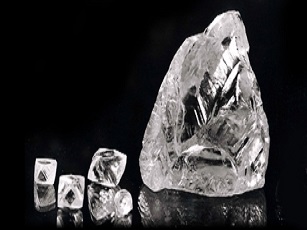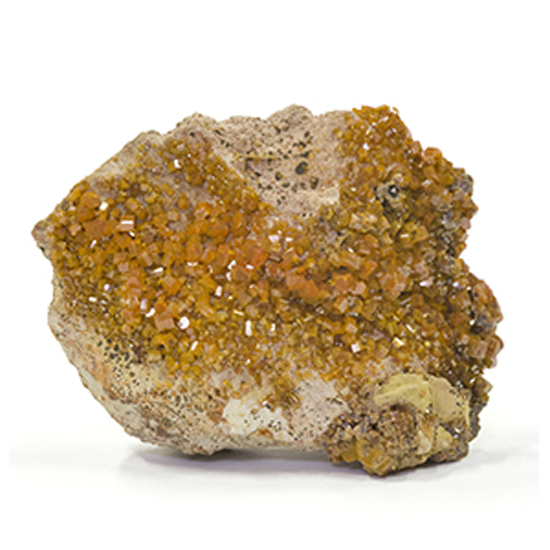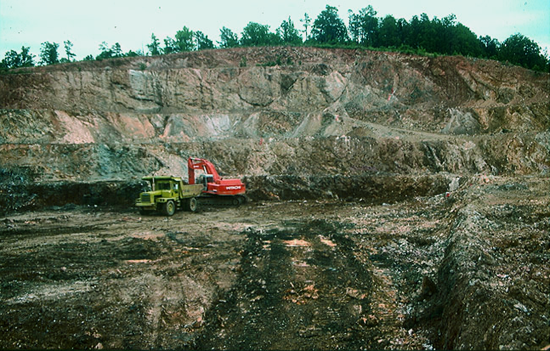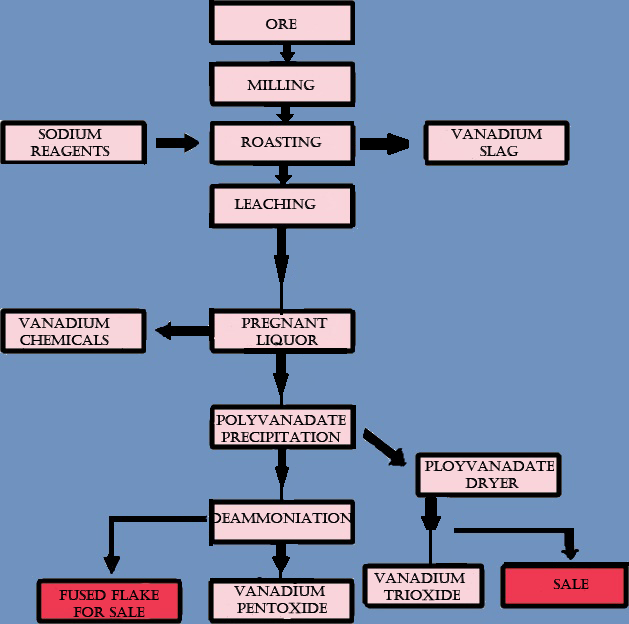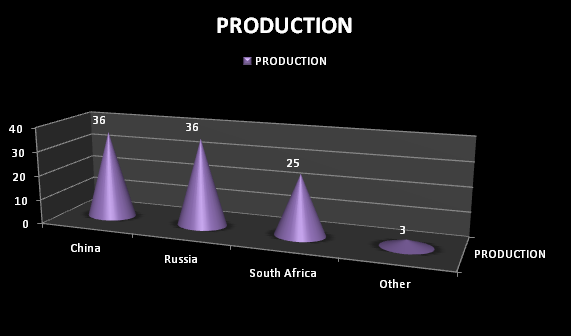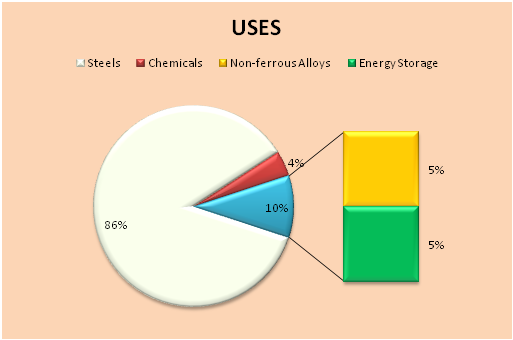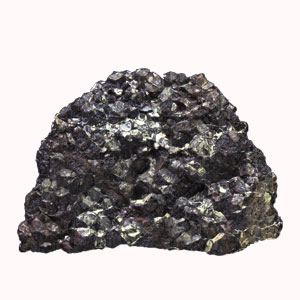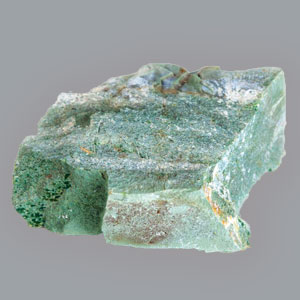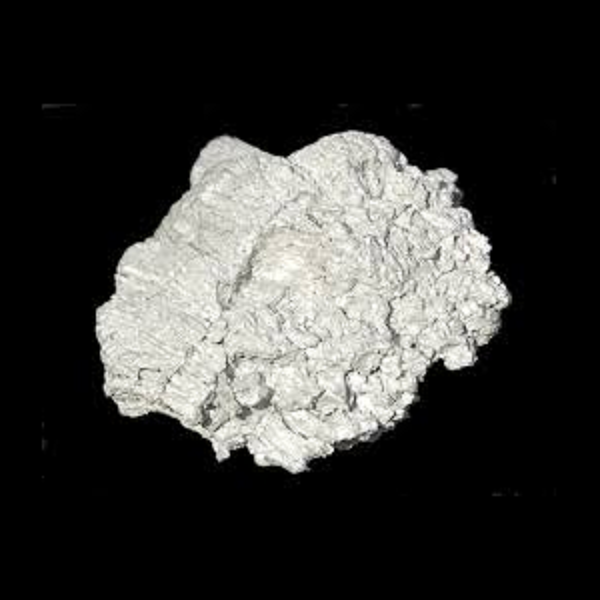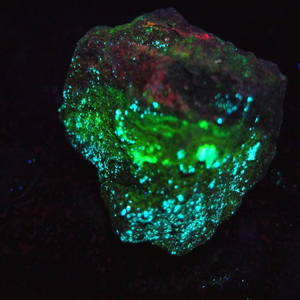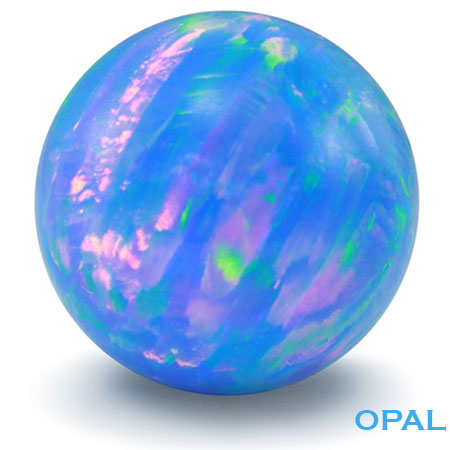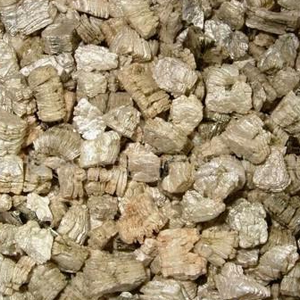VANADIUM MINING
VANADIUM :
Vanadium is a soft, ductile, silver-grey metal renowned for its robust resistance to corrosion by alkalis, sulfuric acid, and hydrochloric acid. It readily oxidizes at around 933 K (660°C). With good structural strength and a low fission neutron cross-section, vanadium finds utility in nuclear applications. Like chromium and manganese, despite being a metal, vanadium exhibits acidic properties in its valency oxides.
The common oxidation states of vanadium span from +2 to +5. A well-known experiment involving ammonium vanadate NH4VO3, reduced with zinc metal, vividly illustrates all four oxidation states colorimetrically. The oxidation state of +1 is seldom observed.
While most continental waters contain vanadium concentrations below 3 ppb, the groundwater of Mt. Fuji boasts notably high levels, reaching up to 150 ppb. Originating from basalt, vanadium is solubilized by the groundwater, with concentrations increasing closer to the summit and deeper underground. Recently, numerous companies have marketed this high-vanadium water from Mt. Fuji as a diabetes treatment, though conclusive evidence of its efficacy is lacking. Rainbow trout inhabiting the Mt. Fuji water exhibit significantly higher accumulations of vanadium in their kidneys and bones.
Powdered metallic vanadium poses a fire hazard, and unless proven otherwise, all vanadium compounds should be considered highly toxic. Typically, the higher the oxidation state of vanadium, the greater the toxicity of the compound. Among them, vanadium pentoxide stands out as the most hazardous compound.
MINING AND PROCESSING :
The major vanadium ores include patronite (VS4), carnotite [K2(UO2)2(VO4)3H2O], and vanadinite [Pb5(VO4)3Cl]. Since much of the vanadium in igneous rocks occurs in the relatively insoluble trivalent state, substituting for ferric iron in ferromagnesium silicates like magnetite (an iron ore), ilmenite (a titanium ore), and chromite, vanadium-rich ore deposits are rare. Other sources of the metal include ash from fossil fuel combustion, slag from phosphate ore, and bauxite, an aluminum ore.
The world's largest vanadium mines exploit titaniferous magnetite reserves in regions such as South Africa's Bushveld, the Kachkanar Massif in the Ural Mountains, and China's Szechwan province. Carnotite ores found in the sandstones of the Colorado Plateau are also significant sources of vanadium and uranium.
Vanadium is typically found within magnetite iron ore deposits and is usually mined as a byproduct rather than as a primary mineral. Since vanadium is primarily a byproduct of other ores, the mining methods suitable for those ores are utilized. Vanadium is often associated with titanium, which is separated as an impurity during processing. The higher the titanium content in the ore, the more difficult it is to extract the vanadium metal. The resulting product is usually vanadium pentoxide, a compound used in various applications or in the production of ferrovanadium for steelmaking.
HOW IS VANADIUM OBTAINED?
Vanadium is never found unbound in nature and is considered the 20th most abundant element in the Earth's crust. Since it is not found individually as a metal, it occurs in about 65 different minerals, including patronite, vanadinite, carnotite, and bauxite. Even in carbon-containing deposits such as crude oil, coal, oil shale, and tar sands, vanadium is known to be present.
The general process of obtaining vanadium from its ores involves converting it into vanadium pentoxide (V2O5) through various processes like smelting, leaching, and roasting. After this, the pentoxide is reduced to ferrovanadium or vanadium powder. Very pure vanadium metal resembles titanium in certain physical properties, such as being corrosion-resistant, hard, and steel-gray in color.
EXTRACTING AND REFINING :
Generating Vanadium pentoxide from various ores:
The vanadium-containing titaniferous magnetite ore is mined, crushed, and partially reduced with coal before being melted in a rotary furnace. This process yields a slag containing most of the titanium and pig iron containing most of the vanadium. The slag is removed, and the molten pig iron is then blown with oxygen to produce a new slag containing 12-24 percent vanadium pentoxide (V2O5). This compound is used in further metal processing.
In the extraction process from carnotite ore, the ore concentrate is leached for 24 hours with hot sulfuric acid and an oxidant such as sodium chlorate. Vanadium is obtained as a co-product with uranium. After removing the solids, the leachate is transferred to a solvent extraction circuit where the uranium is removed using an organic solvent consisting of 2.5 percent amine, 2.5 percent isodecanol, and 95 percent kerosene. The remaining vanadium in the obtained raffinate is then processed in a second solvent extraction circuit. This vanadium is treated with a 10 percent soda ash solution, and ammonium sulfate is added to precipitate it. The resulting ammonium metavanadate precipitate is filtered, dried, and calcined to produce vanadium pentoxide.
Most of the vanadium-bearing ores or slags are crushed, ground, screened, and mixed with a sodium salt such as sodium chloride or sodium carbonate for the production of vanadium pentoxide. This mixture is then roasted at about 850°C to convert the oxides to sodium metavanadate, which can be leached in hot water. By acidifying the leachate with sulfuric acid, the vanadium precipitates as sodium hexavanadate. This compound, known as red cake, can be fused at 700°C to yield technical-grade vanadium pentoxide, which is at least 86 percent pure. Further purification can occur by dissolving it in an aqueous solution of sodium carbonate. The iron, aluminum, and silicon impurities in the red cake precipitate from the solution upon adjusting the acidity levels in the next stage. By adding ammonium chloride, the vanadium precipitates as ammonium metavanadate. After filtration, the precipitate is calcined to produce highly pure vanadium pentoxide, which is greater than 99.8 percent pure.
Production of Ferrovanadium:
Ferrovanadium, which contains about 35-80 percent vanadium, is produced through an experiment that requires melted scrap iron, a mixture of vanadium pentoxide, aluminum, and a flux to be added and heated in an electric arc furnace. The flux required can either be calcium fluoride or calcium oxide. Over time, the aluminum metal forms a slag and is converted to alumina, while the vanadium pentoxide is reduced to vanadium metal, which is dissolved in the molten iron. The heat supply required for this exothermic oxidation-reduction reaction must reach a kindling temperature of 950°C. The heating is stopped, and the electrodes are withdrawn until the reaction is completed. They are then reinserted into the molten slag, after which the furnace is reheated to improve the settling of the ferrovanadium.
The same result can be achieved by performing the aluminothermic process in a refractory-lined steel pot or water-cooled copper crucible, where a charge of vanadium pentoxide along with iron oxide and aluminum is ignited with a barium-peroxide fuse or a magnesium ribbon.
Obtaining of Vanadium metal
Pure vanadium metal can be obtained by metallothermically reducing vanadium pentoxide. This can be done either by the calcium reduction method or the aluminothermic process. In the calcium reduction method, an exothermic reaction is carried out in a sealed vessel where calcium chloride is used as a flux, and the vanadium metal is obtained in the form of droplets or beads. This process requires a large amount of reducing agent and produces the metal in the range of 75-80 percent purity. In the aluminothermic process, vanadium pentoxide is mixed with aluminum powder and heated in an electric furnace or ignited in a refractory-lined vessel using barium peroxide as the booster. The vanadium obtained in this case can be further purified by electron-beam melting.
TOP VANADIUM PRODUCING COUNTRIES:
Vanadium, a silvery metal, finds its utility in steel alloys, as a catalyst, and in nuclear reactors. The world's total vanadium production mainly stems from five countries:
1.China: China stands as the world's leading producer of vanadium, generating 54,000 metric tons in 2019. The majority of China's production originates from the iron-vanadium ore deposit in the Sichuan province.
2.Russia: As the second-largest producer of vanadium, Russia generated roughly 21,000 metric tons in 2019. The bulk of Russia's vanadium production emanates from the Kachkanar mine in the Sverdlovsk region.
3.South Africa: Holding the position of the third-largest producer of vanadium, South Africa produced approximately 17,000 metric tons in 2019. The majority of South Africa's production comes from the Bushveld igneous complex.
4.Brazil: Brazil secures its place as the fourth-largest producer of vanadium, generating roughly 7,000 metric tons in 2019. The majority of Brazil's production hails from the Carajas mine in the Amazon region.
5.Australia: Australia occupies the position of the fifth-largest producer of vanadium, producing roughly 4,000 metric tons in 2019. The majority of Australia's production comes from the Windimurra mine in the state of Western Australia.
USES OF VANADIUM :
Titanium-aluminum-vanadium alloy is used in jet engines and high-speed aircraft.
Vanadium foil is used in cladding titanium to steel.
Vanadium-gallium tape is used in superconducting magnets.
Vanadium pentoxide is used in ceramics and as a catalyst for the production of sulfuric acid.
Vanadium-steel alloys are used in the manufacturing of armor plate, axles, tools, piston rods, and crankshafts.
When mixed with gallium, vanadium is used to manufacture superconductive magnets used as high-field inserts.
Due to its high rust resistance, vanadium is used in making various springs, tools, and heavy industrial equipment.
It is also used as an agent to fix the color on fabric, thus vanadium finds applications in dyeing and synthetic fabrics.
ANNUAL VANADIUM USAGE :
Vanadium is a chemical element primarily used in steel alloys to improve their strength and durability. It is also utilized in other alloys, such as titanium and aluminum, to enhance their corrosion resistance and other properties. Additionally, vanadium serves as a catalyst in the production of sulfuric acid and other chemicals, and as an additive in some pigments and dyes.
The primary application of vanadium lies in the production of specialty steels and alloys. It can be added to steel to enhance its strength and toughness while reducing its weight. This represents a significant use of vanadium, as it is present in the majority of steel alloys used in the construction of buildings and bridges. Vanadium-containing alloys are also employed in the manufacturing of aircraft, automobiles, and various other machines.
Moreover, vanadium plays a role in the production of titanium alloys. These alloys are lightweight and strong, making them valuable in industries such as aerospace and medicine. Vanadium contributes to improving the corrosion resistance of these alloys, rendering them more suitable for use in harsh environments.
VANADIUM PRODUCTION IN THE WORLD :
It is concluded that there is no significant demand for pure vanadium on a large scale, and as a result, the isolation of the metal is not an industrial process. Even on a small scale, the operation is achieved with certain difficulties, including the requirement of very high temperatures for the reduction of vanadium compounds and the tendency for re-oxidation to occur. Much of the world's vanadium production is extracted from vanadium-bearing ultramafic gabbro bodies. According to sources, about 85 percent of the world's vanadium comes from three major countries: South Africa, China, and Russia. Historically, some of the world's most important vanadium mines include the Bushveld complex in South Africa; the high-grade Maracas mine in Brazil, and EVRAZ's Vanady Tula mine in Russia, which is the largest European producer of vanadium pentoxide and ferrovanadium alloys.
|
||
Related Mining

